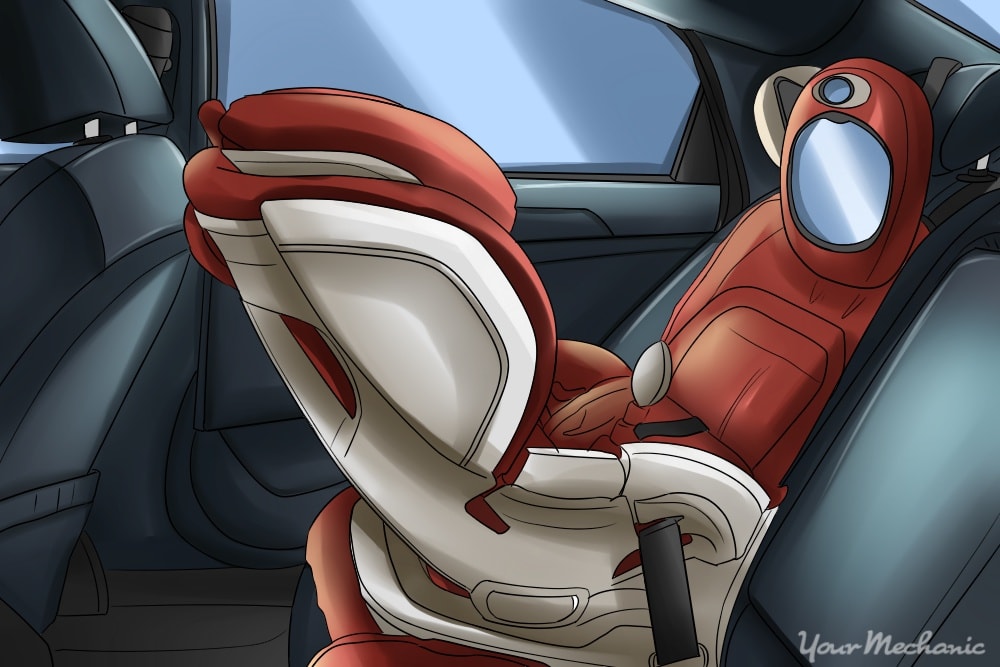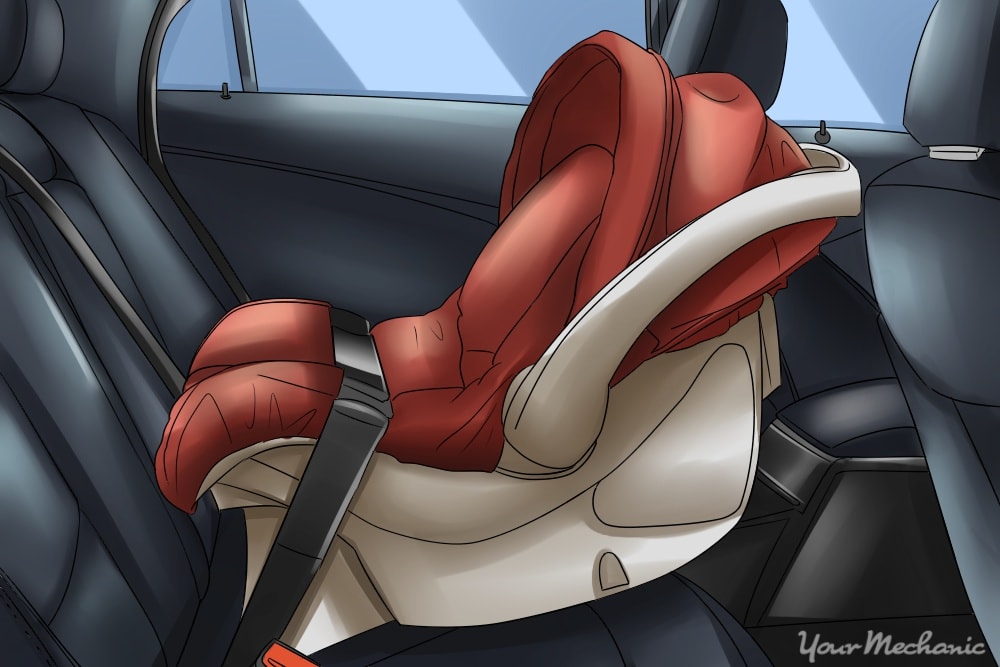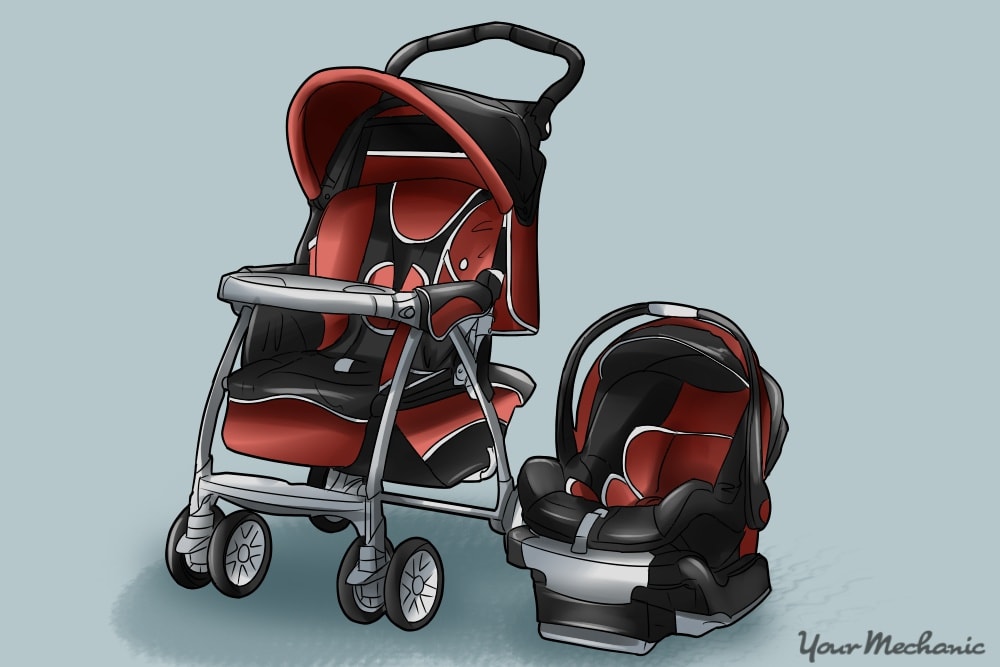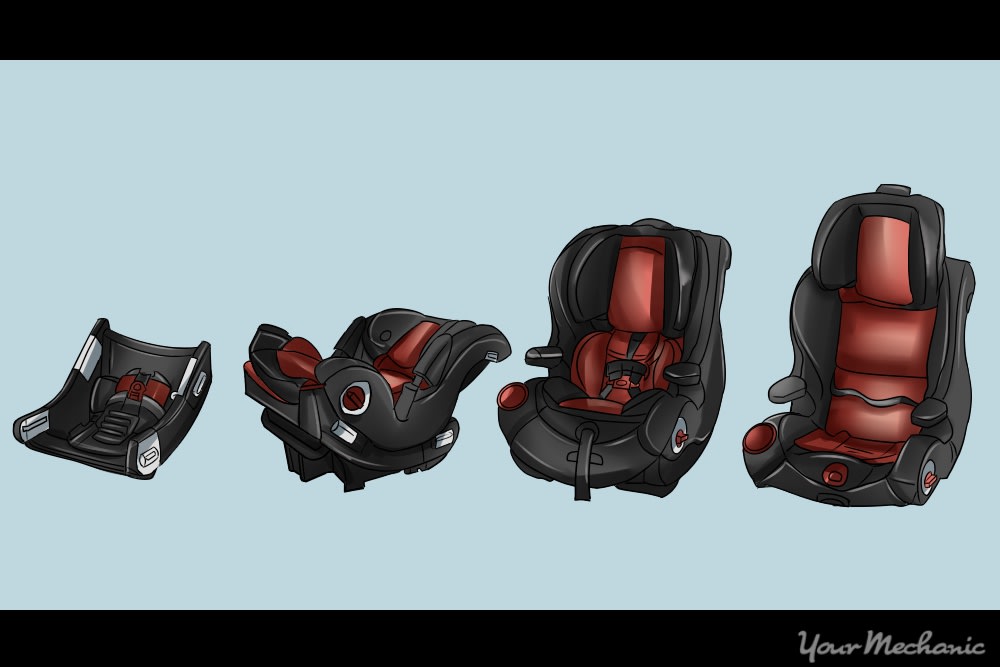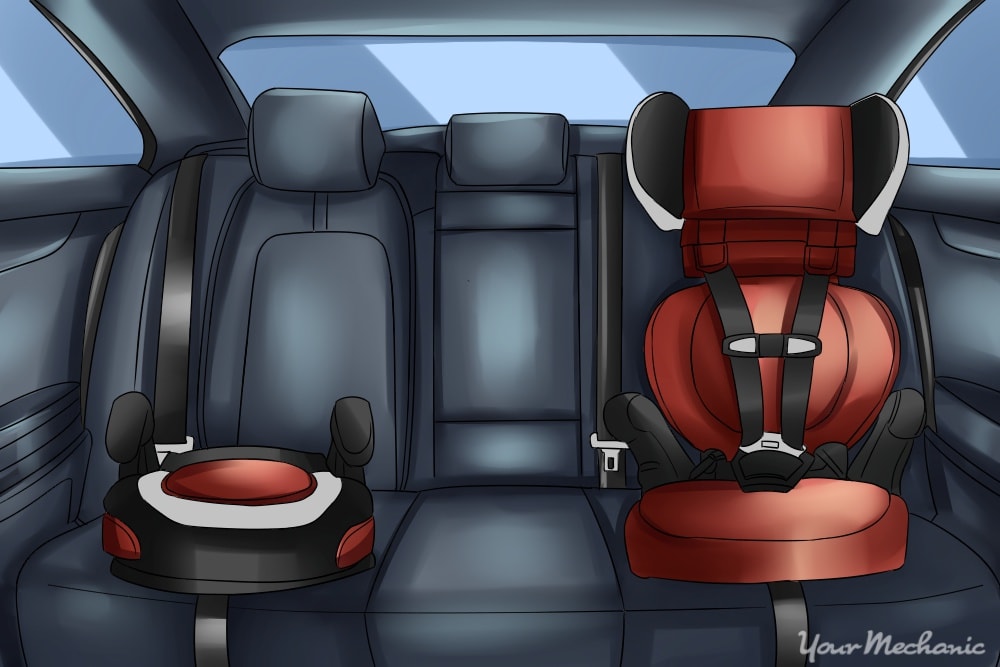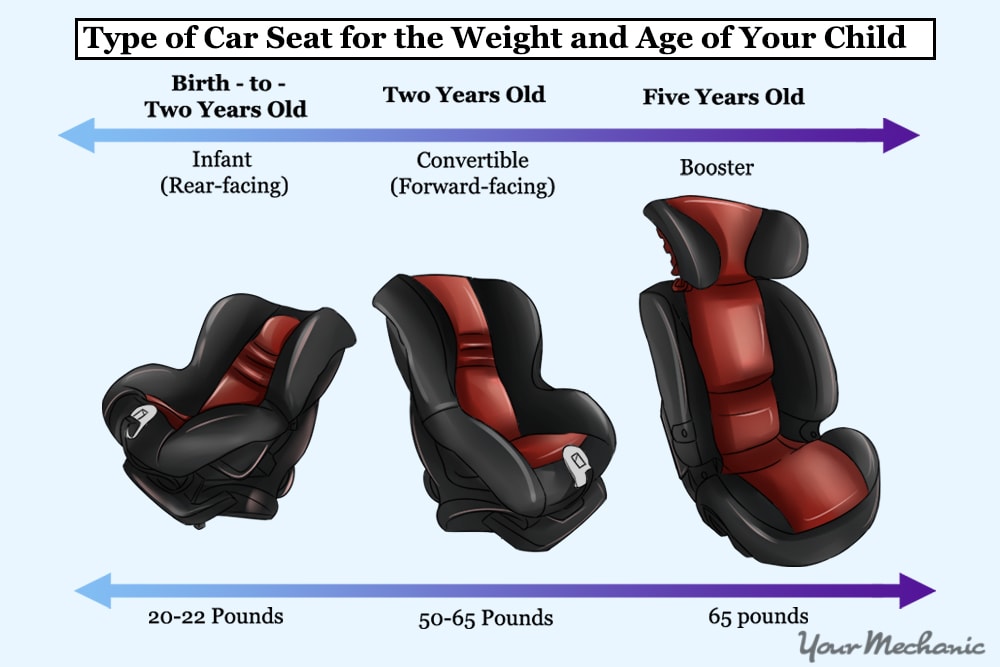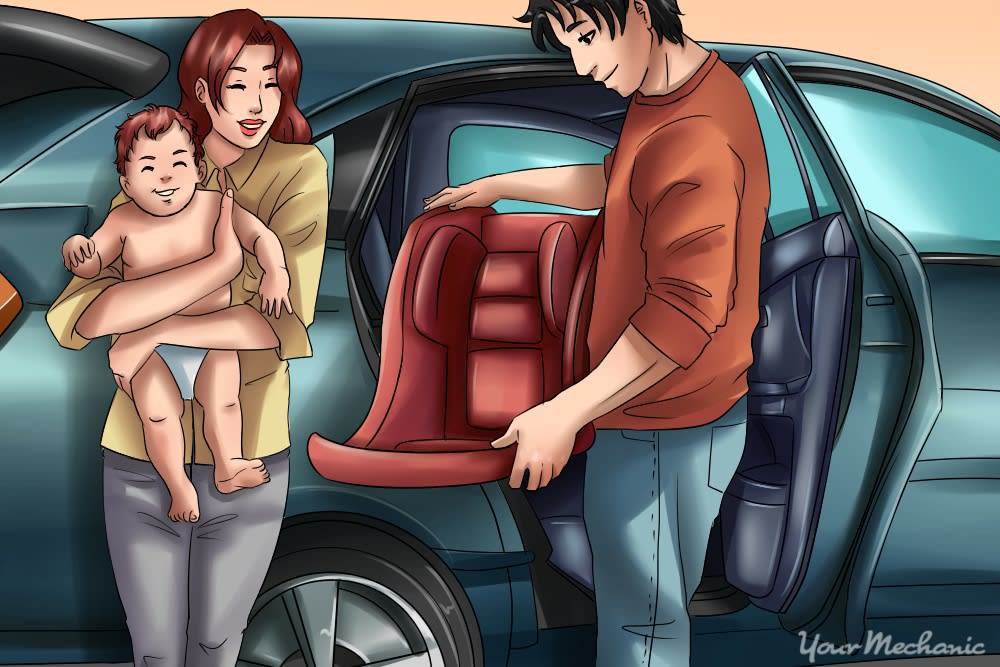

Picking the right car seat is a weighty matter. The size and type of chair you buy will, in large part, be based on the weight of the chair, and the weight of your baby.
Debbi Baer, R.N., founder of The Car Seat Lady, a children’s safety advocacy organization, became involved in a grassroots movement in her home state of Maryland. As a result of her efforts, Maryland passed its first car seat law in the early 1980s. Today, all 50 U.S. states have laws requiring proper child safety seats by height, weight, and age.
These requirements vary by state, so you should check your state’s safety laws to ensure that your child is in the correct and safest car seat.
Part 1 of 3: Car seats for infants
Step 1: Buy your first car seat. The first car seat that a parent will purchase is a rear-facing infant seat.
According to Baer, this seat should hold your baby comfortably until they’re between 22-30 pounds or, depending on the baby’s development, up to two years.
Step 2: Decide if you want the seat to also be a baby carrier. Some manufacturers sell car seats that double as baby carriers.
Those are great and help insure that your baby doesn’t wake up when you’re moving him from the car to the stroller. The downside: the stroller and the carrier can get heavy.
Luckily, a few companies have recently released 3-in-1 stroller-carrier-car seat hybrid products (as pictured above), and the future for wide distribution of these products is looking bright! (Keep those Google alerts on!)
Part 2 of 3: Car seats for bigger babies and toddlers
Baer cautions not to let “big baby” syndrome lull you into a false sense of security. Babies in the 95th percentile for size have the same strengths, weaknesses, and frailties as those in the 5th percentile. So don’t be fooled by weight alone. Age plays a big part of picking the right seat.
“The rigidity of bones and the strength of ligaments in the spine is likely to be the same in children of the same age, no matter their size,” Baer writes.
Step 1: Buy your second car seat. A convertible seat is the second seat you’ll buy for your baby.
A convertible seat can do triple duty. They take over the rear-facing responsibilities from the infant seat until your baby reaches about 45-50 pounds.
Step 2: Turn the seat around. When your child reaches the milestones outlined by your car seat manufacturer, you turn the child’s seat around to face forward.
- Note: It’s important to make sure that there’s at least an inch between the back of your child’s head and the car seat, as this buffer will protect your child in the event of a crash.
Some convertibles also function as a carrier, but again, they get heavy.
Depending on the manufacturer, kids can ride in a convertible car seat until about 65 pounds or six years old.
Part 3 of 3: Car seats for preschoolers and older children
Step 1: Buy your third car seat. The last seat parents will buy is a booster seat. These are designed for kids who are too big for a convertible, but too small to sit on the normal seat without a boost.
Generally, kids who are about 65 pounds or six years old are ready to graduate to a booster. It’s important that before graduating their kids to a booster seat, parents ensure that the car’s seat belt fits low and snug along the child’s lap, and that the shoulder harness drapes across the shoulder - not the neck.
States have specific rules outlining when kids can wiggle their way out of the booster seats. Most states allow freedom when a child reaches 4’9”.
Once you have done your research on the car seat requirements for your state, and the seat manufacturer’s guidelines, you should be able to choose the best and safest car seat for your child. Make sure the car seat is properly installed, and drive safely!


